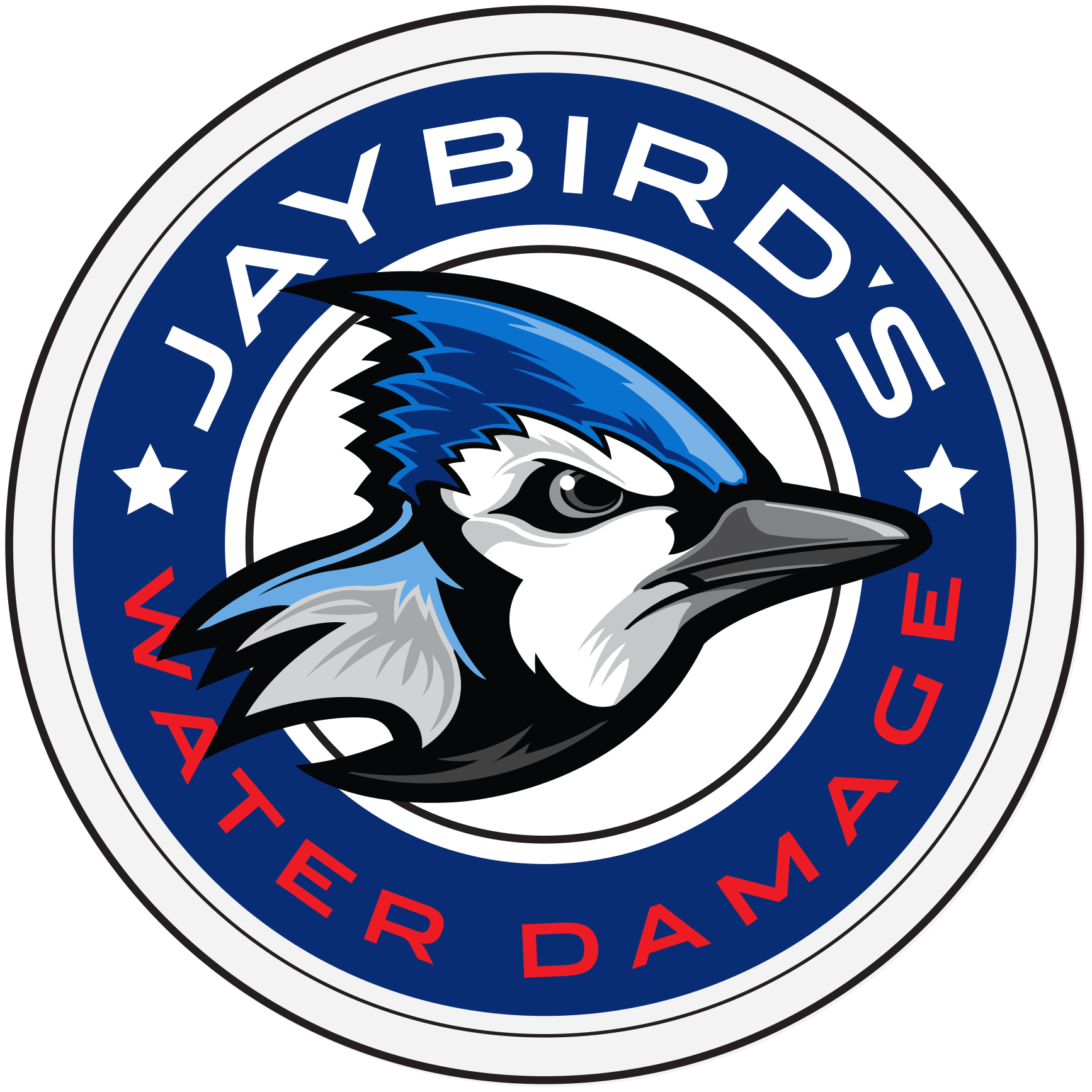Mississippi is a beautiful state, with waterways and coastline and its scenic landscapes. However, flooding, as we all know, can cause significant damage to homes and properties. Here are some tips to help you protect your property from flood damage in Nevada.
- Understand Your Flood Risk
The first step in protecting your property from flood damage is to understand your flood risk. Check the flood maps for your area to determine whether you are in a high-risk flood zone. You can access flood maps through the Federal Emergency Management Agency (FEMA) or your local government. Understanding your flood risk will help you determine what precautions you need to take to protect your property.
- Purchase Flood Insurance
Flood damage is not covered under a standard homeowners insurance policy, so it is important to purchase flood insurance. The National Flood Insurance Program (NFIP) provides flood insurance to homeowners and renters in participating communities. You can purchase NFIP flood insurance through your insurance agent.
- Keep Your Gutters Clean
One of the most common causes of water damage in homes is clogged gutters. When gutters are clogged, water can overflow and damage your roof, siding, and foundation. Make sure to clean your gutters regularly to prevent water damage to your home.
- Install Sump Pumps
A sump pump is a device that is installed in the basement or crawlspace of a home to prevent flooding. It removes water that accumulates in the sump basin and pumps it away from the home’s foundation. Installing a sump pump can help protect your property from flood damage.
- Elevate Your Home
If your home is in a high-risk flood zone, consider elevating your home. This can be expensive, but it is an effective way to protect your property from flood damage. Elevation can also lower your flood insurance premiums.
- Seal Your Basement
Basements are vulnerable to flooding, so it is important to seal your basement to prevent water from seeping in. This can be done by applying waterproof coatings to walls and floors, installing a drainage system, and sealing cracks and gaps.
- Install Backflow Valves
Backflow valves are installed in plumbing systems to prevent sewage from backing up into your home. During a flood, sewage can back up into homes and cause significant damage. Installing backflow valves can help protect your property from this type of damage.
- Keep Important Documents Safe
Make sure to keep important documents, such as insurance policies, in a safe and dry place. Consider storing them in a waterproof container or safe that is elevated off the ground.
- Develop an Emergency Plan
Develop an emergency plan for your family in case of a flood. The plan should include evacuation routes, a meeting place, and emergency contact information. Make sure everyone in your family knows the plan and what to do in case of a flood.
- Stay Informed
Stay informed about the weather and flood conditions in your area. Listen to local news and weather reports and follow the instructions of local authorities. If a flood warning is issued, take immediate action to protect your property.
In conclusion, flood damage can be devastating to homes and properties in Nevada. Understanding your flood risk, purchasing flood insurance, and taking preventative measures such as keeping gutters clean and installing sump pumps can help protect your property from flood damage. Developing an emergency plan and staying informed about flood conditions can also help keep you and your family safe during a flood. By taking these steps, you can help minimize the impact of flood damage on your property and your life.
